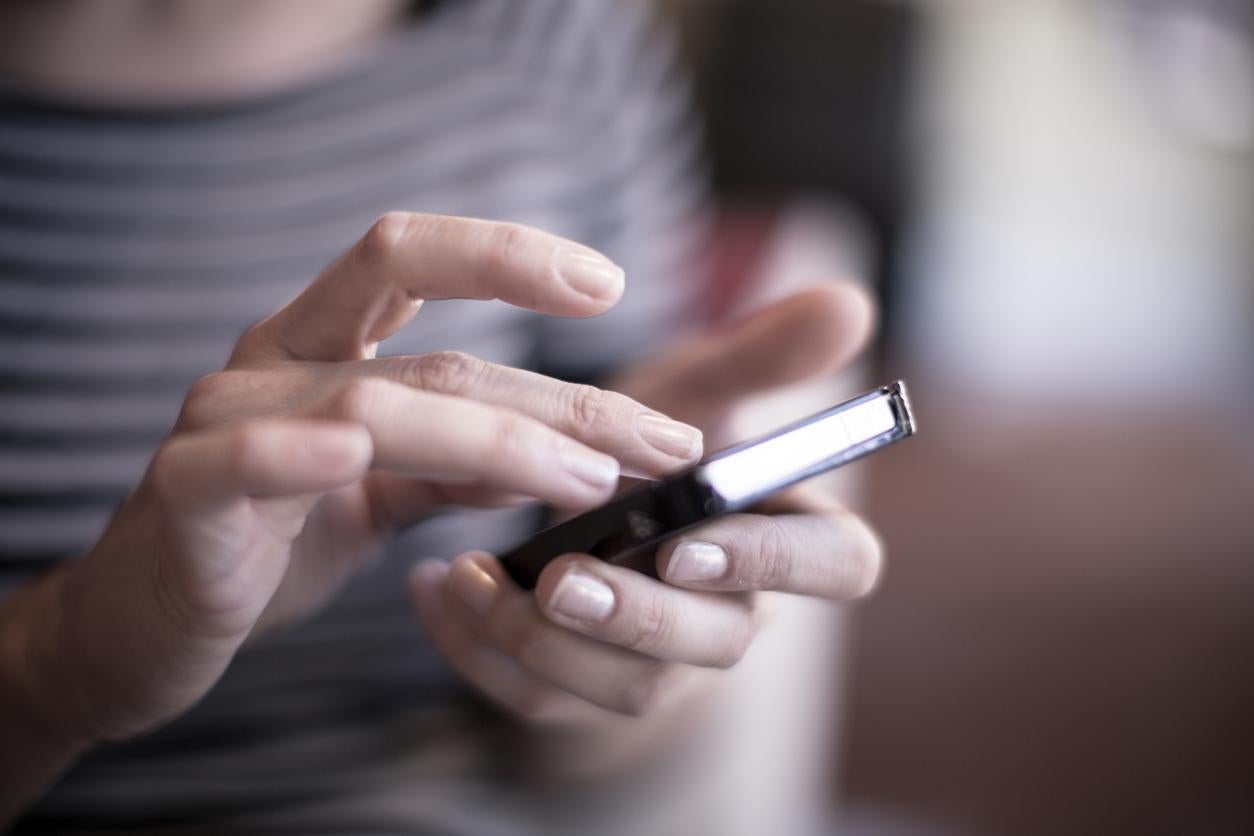From spy cameras to social media, how domestic abusers exploit technology to torment their victims
Maya Oppenheim looks at how the increasing prevalence of technology can affect the most vulnerable


Domestic abuse through technology ranges from revenge porn to account hacking, online identity theft or even monitoring a victim through covert recording devices.
Even owning a smartphone leaves victims susceptible to further torment, with abusers subjecting them to repeated phone calls, social media harassment or installing spyware to track their whereabouts.
Refuge, the UK’s largest provider of shelters for domestic abuse victims, says the problem is growing. It found that 4,004 women seeking help last year – around three-quarters of the total – had faced abuse from their ex-partner perpetrated via technology.
Frontline service providers say tech abuse has also been diversifying in recent years. Refuge says it has seen a rise in tech abuse cases involving abusers using smart locks, webcams and smart heating systems to “monitor, control and gaslight” victims in the past two years.
Adina Claire, the acting co-chief executive of Women’s Aid, said: “Online stalking, harassment and image-based sexual abuse are just some of the tech abuse tactics perpetrators of domestic abuse use to control and intimidate their victims. This often continues for years after the relationship ends, leaving many survivors in a state of constant fear and distress.
“Tech abuse is a form of coercive and controlling behaviour, and therefore illegal, yet we are concerned by reports from survivors that the police are still failing to take cases of non-physical domestic abuse seriously.”
Police must be given relevant tools, training and expertise so they can provide an “effective response” to online abuse, protect women and hold perpetrators to account, she said.
Service providers say there have been cases in which abusive former partners have sewn GPS trackers, which keep tabs on the object’s location, into teddy bears or other toys.
Suzanne Jacob, the chief executive of another leading domestic abuse charity, SafeLives, said: “We are increasingly hearing from survivors about perpetrators using technology to isolate, harass and control. But simply telling victims of domestic abuse to ‘go offline’ isn’t good enough. It’s just another way of saying ‘why doesn’t she leave?’, placing responsibility on the victim to keep themself safe instead of on the abuser to stop.
“We also know that there is huge potential for technology to help victims feel less alone and keep them connected to friends, family and support services. It’s time for big tech companies, the government and the domestic abuse sector to come together to hold perpetrators to account and make tech part of the solution.”
From smart heating systems to tablets, the more technology becomes part of our day-to-day life, the more abusers can find a way to use it to terrorise their victims.
Join our commenting forum
Join thought-provoking conversations, follow other Independent readers and see their replies
Comments